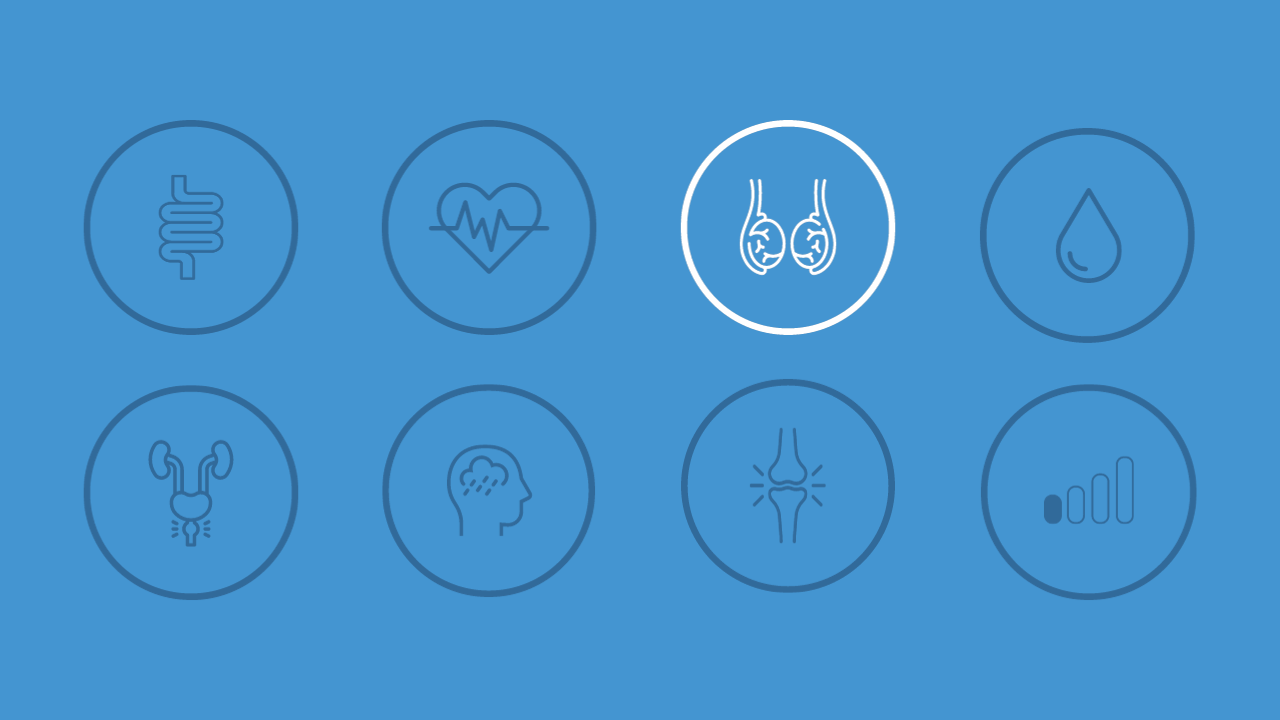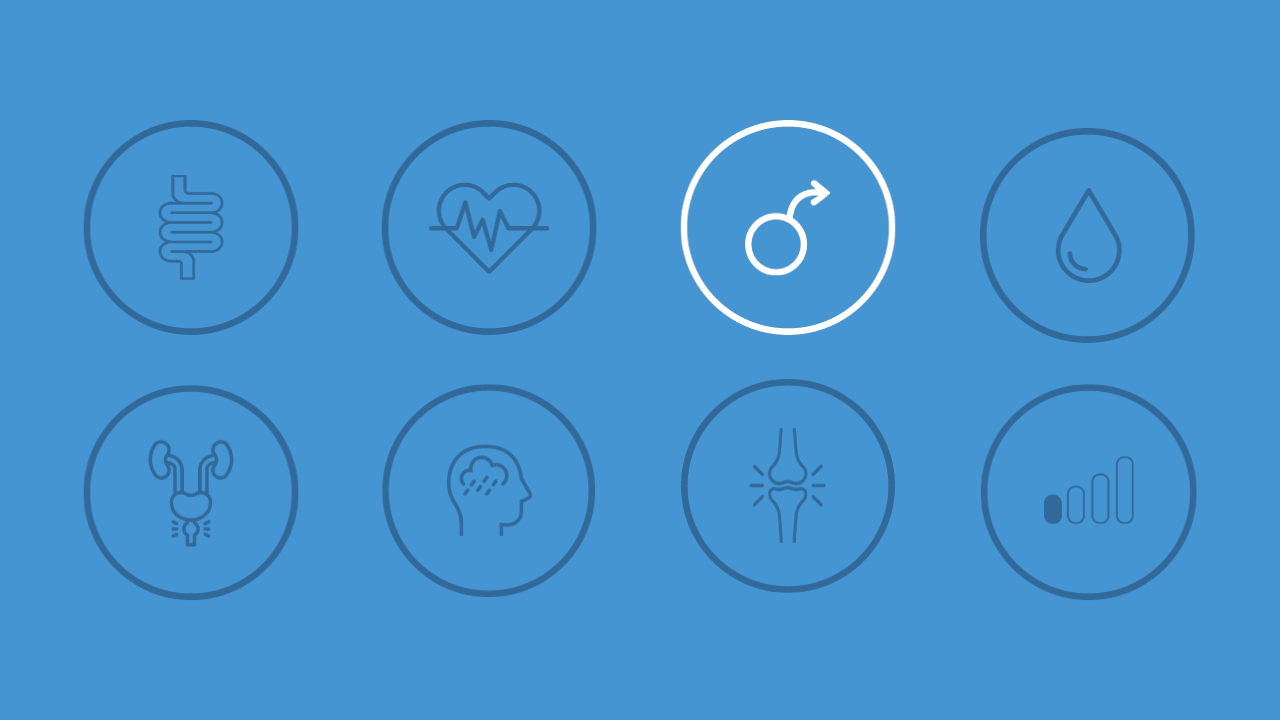Anejaculation
Anejaculation is when a man does not ejaculate semen during an orgasm. It can occur during all orgasms or only under certain conditions
Medically reviewed by:

CM, OBC, MD, FRCSC, FACS, FCAHS
What is Anejaculation ?
Anejaculation is when a man does not ejaculate semen during an orgasm. It can occur during all orgasms or only under certain conditions.
It is a rare cause of male infertility and should be differentiated from retrograde ejaculation or loss/delayed orgasm.
Typically, the orgasm will still feel normal, though for some it may feel reduced. While ejaculation does not occur, sperm is still produced. Reproduction can be achieved through assistive means such as testicular biopsy or in vitro fertilization (IVF).
Risk Factors
The primary causes of anejaculation are:
- Surgery to the prostate, bladder or abdomen that damages the pelvic nerves
- Conditions that affect the nervous system such as Parkinson’s disease, Multiple Sclerosis, Diabetes, and spinal cord injuries
- Prostatitis, an inflammation of the prostate gland
- Partial blockages to the urethra
- Some medications
Diagnosis
A urine sample is taken soon after sexual climax (post-ejaculation urine analysis). The analysis checks the urine for sperm. If no sperm is found in the urine, a diagnosis of anejaculation is made. If sperm is found, the diagnosis is retrograde ejaculation. In this condition, semen flows into the bladder at the time of orgasm so that little or no fluid is released through the penis.
Treatment
There are no long-term health concerns caused by anejaculation, and some don’t seek treatment. If fertility is a concern, assisted reproductive technologies may be explored including:
- Vibrator or electrical stimulation: Vibrator or electrical stimulation is used to contract the pelvic muscles and stimulate ejaculation. Sperm can then be collected and used in an in vitro fertilization (IVF) procedure.
- Testicular biopsy: Sperm is collected by a testicular biopsy technique (needle or open biopsy).
Anejaculation due to partial blockages of the urethra can be treated with surgery; however, this is uncommon. Infections, such as prostatitis, can also be treated.
In some cases, patients may be referred to a specialist or counsellor.
Are You At Risk?
Learn your risk level for the most common men’s health conditions in 10 minutes with a free, confidential, and personalized report.
Medically reviewed by:

Dr. Larry Goldenberg, CM, OBC, MD, FRCSC, FACS, FCAHS
Dr. Goldenberg is a urologic surgeon and clinical scientist, who specializes in prostate cancer research and treatment.
More about Dr. Larry Goldenberg

